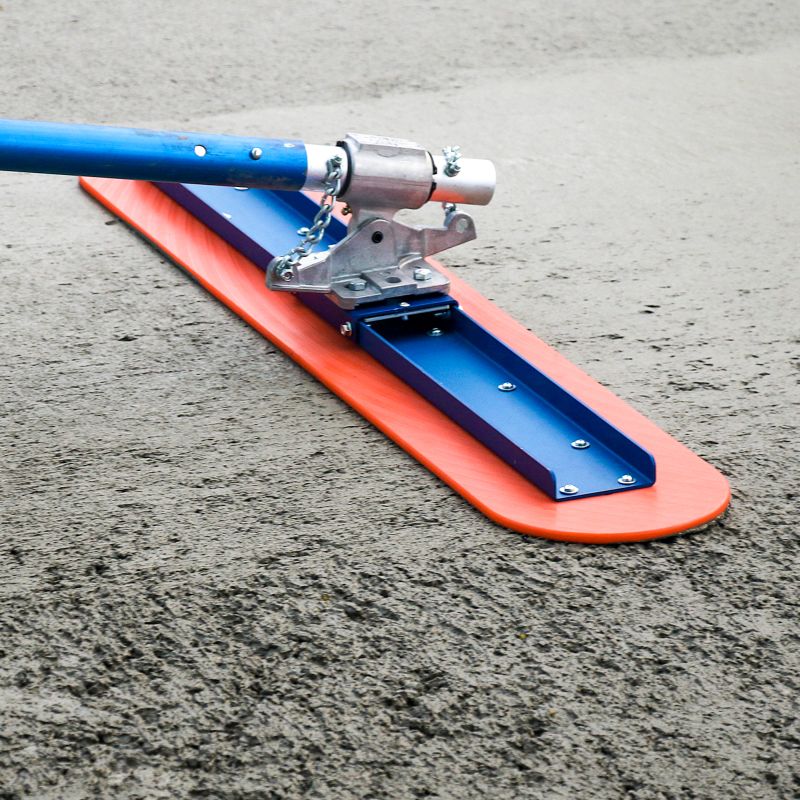

The main principle that is being used here is the definition of density. The amount of water displaced by the block is way less than its volume and hence fails to provide it with a buoyant force, causing it to sink and being labelled as a non-buoyant material. Similarly, a block of concrete has a lot more volume than that of a boat made out of it. Related Post Will A Boat Battery Charge While Idling? This makes the ship displace a volume of water that is more than that of its volume as a result of which the ship floats on water. However, a ship which is made of iron is far bigger than a nail, but has a lot of space inside it left purposefully. The nail, when put in water, displaces water less than its volume and hence sinks. Well, this is similar to the nail question we mentioned at the beginning of the article. It may sound bizarre, but let’s see why it is not. How can an object made of a substance that is non-buoyant, float on the surface of the water?! We just saw that a block of concrete would not be able to float, and is hence declared as not a buoyant material but at the same time, we claim that a boat made of concrete can however float. Everything we see all around us is, after all, a part of Science.Īnyway, come on then, let’s see how a ship made of concrete manages to float in water. It poses questions, makes you think, and then serves you the answer too. You can see for yourself how a piece of concrete sinks into the water and quite quickly at that!īut how then does a ship made up of concrete float so effortlessly? The crown of the king that was presented to Archimedes to measure the volume of gold in it, was of quite an irregular shape but concrete blocks are fairly regular in shape and hence are easier to experiment with. Concrete is usually not considered to be a buoyant material and you can see this for yourself by dropping a chunk of it into your bathtub or a local lake. This ability to float is therefore called buoyancy.Īs far as a common man is concerned, it certainly seems like concrete would not be able to float. If you put an object in a liquid (water) and it floats in the liquid, then we consider that object to be buoyant. Now, this is not a Science class going on, so let’s just go for a simple approach here. In this article we will look at how exactly a boat made of concrete even functions and whether it uses the same principles as that of one built from iron or not? So buckle up and read along! Is Concrete a Buoyant Material?īefore going into details of if the material used in making a boat is buoyant or not, let us first understand what is buoyancy. Yes! This may seem impossible, but once you understand the principle mentioned above you can then understand how it’s actually possible for a concrete boat to float. Starting with wood and iron, you can even make a boat out of concrete and other incredibly heavy materials. When we say anything and everything we mean anything and everything.

You can use almost anything and everything to make a boat. What is the range of materials that you can use to make a ship? Well, truthfully this list varies a lot. The last question is really quite interesting. That is too many questions to answer at once so we will try to do it one by one. Related Post Can a Boat Sink in the Dead Sea?ĭoes the density of the material of which the ship is made affect the floating of the ship in any way? What exactly can ships be made of? So now that we have established that a concrete boat can actually float there are a couple of other questions that you are probably wondering about. Surprisingly a boat that is made of concrete will actually float! As long as the boat is designed properly it will still float even if the hull is made of concrete. Ok so we obviously know that a metal ship will float but the question still remains will a ship made of concrete or any other material float as well? This is the reason why a nail sinks, but a ship made of iron travels across the oceans without sinking. The amount of liquid displaced by the object placed in it must be more than the volume of the object to make the object float.

It was a moment of equal amusement when we were told of how simple the reason was that some objects of the same weight and material would sink while others would float. It always used to kindle amazement and amusement as to how this question or answer made any sense. That certainly sparked a lot of curiosity back in the day but the answer is virtually identical to the answer to whether a concrete boat floats or not.


 0 kommentar(er)
0 kommentar(er)
